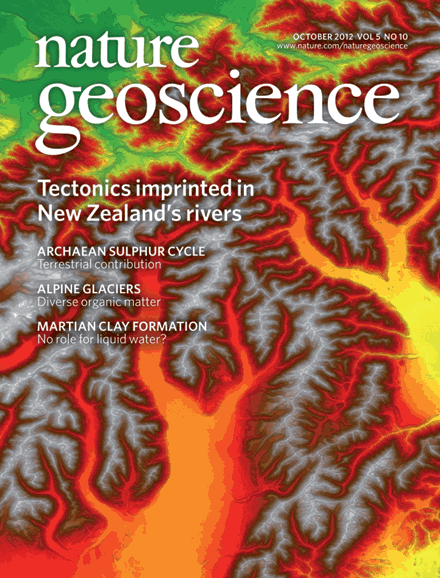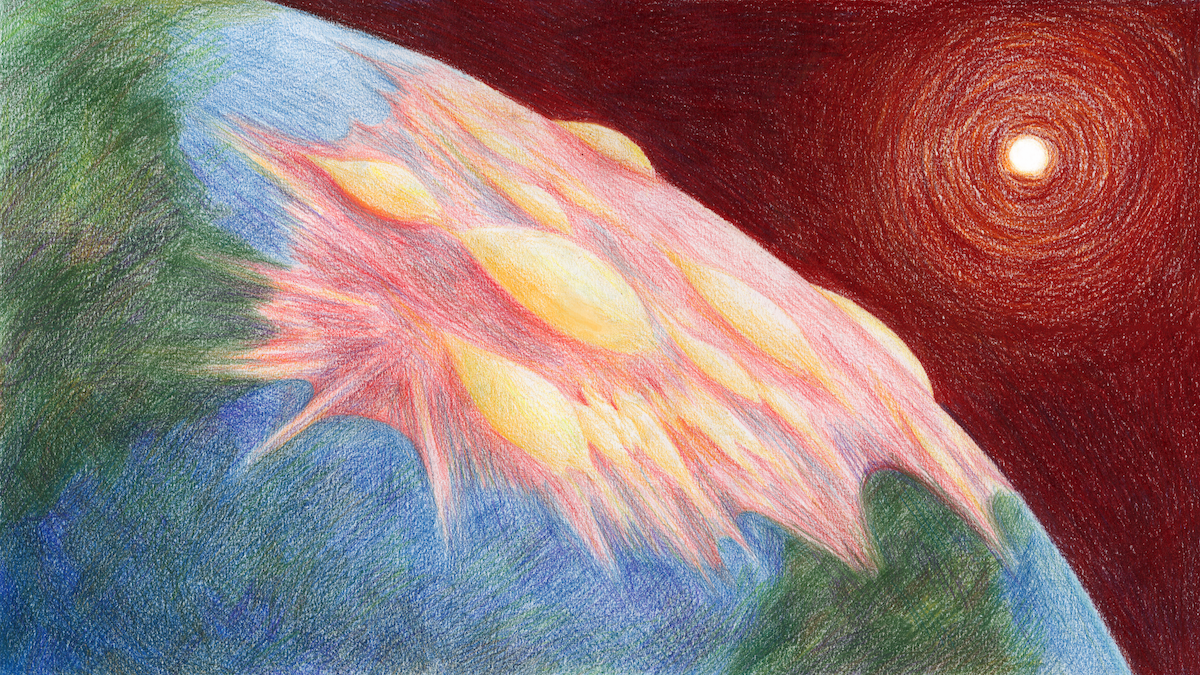
THE IMPACT OF CLIMATE CHANGE ON MARINE LIFE IN OCENA DEPTHS
Lessons from past warm periods in the Earth's history reveal that climate and atmospheric changes could lead to more intense seasonal rainfall, disturbing immense sedimentary systems, from mountain tops to ocean floors. Great amounts of transported clays are likely to cause muddy waters in the depths of oceans, making them uninhabitable for most marine species.
Human migration when the Sahara was green
In the Quaternary period, the eastern Sahara saw alternating wet and dry phases. The African Humid Period (AHP) brought increased monsoons and significant human migrations. Ancient river remnants in southern Egypt contain artifacts dating to the AHP, indicating increased river activity. This likely rendered the region unsuitable for settlements, prompting people to leave the Nile Valley. These findings reveal the connection between historical migrations and climate change, with implications for our current climate issues.
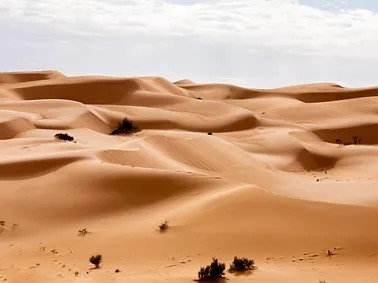
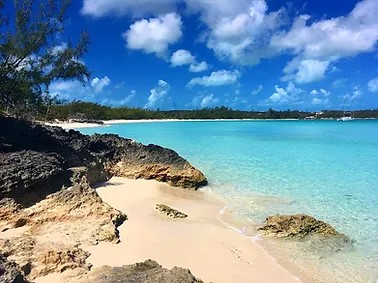
The future of Caribbean coasts under climate change
In the Bahamas, there has been a debate about the origin of large parabolic ridges called 'chevrons' formed during the warm Last Interglacial period, about 120,000 years ago. Some thought they formed through giant tsunamis whilst others suggested an increased windiness and loss of vegetation under drier climate conditions. To settle the debate, researchers used multiple methods and found strong evidence supporting an aeolian origin for these ridges. A change in general atmospheric circulation due to warmer conditions likely triggered stronger easterly winds and changing vegetation for these dunes to develop.
Ancient climate lessons point to surprising rainfall extremes in a warming world
In future climate change scenarios, accurately predicting intensified precipitation extremes is crucial. The Palaeocene-Eocene Thermal Maximum (PETM) about 56 million years ago offers insights into this. During the early PETM in northern Spain, water discharge increased significantly, estimated to be at least 1.35 times and potentially up to 14 times higher. This indicates that extreme floods eroded landscapes quickly, likely due to declining regional vegetation, and transported substantial material to the ocean. These findings suggest that extreme rainfall events and flood risks may increase more than currently predicted with global warming.
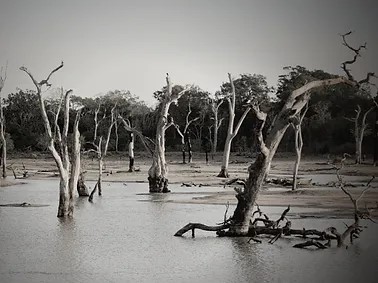

What is the influence of climate change on volcanic activity ?
During the temporary drying of the Mediterranean Sea during the closure of the Strait of Gibraltar, approximately 5.9 to 5.3 million years ago, geologists from the University of Geneva observed a significant increase in volcanic activity. For this crisis known as the "Messinian," they used numerical models to demonstrate that this intensification was directly linked to the decrease in sea level. This underscores the crucial role of surface pressure changes in magma production and highlights the complex interaction between surface processes, climate change, and volcanic activity.
How rivers preserve Earth's tectonic history
The intricate patterns of river drainage systems play a pivotal role in shaping the terrestrial landscapes we admire today. The Southern Alps of New Zealand shed light on a fundamental truth: river drainage patterns are fundamentally influenced by the ceaseless shifts and strains of plate tectonics. Some of these valleys are more than 10 million years old and have been laterally displaced with their rivers over 400 km without disorganising. This discovery offers a groundbreaking insight: landscape topography serves as a tangible tool to reconstruct the distribution of tectonic strain within zones of continental deformation around the globe.
